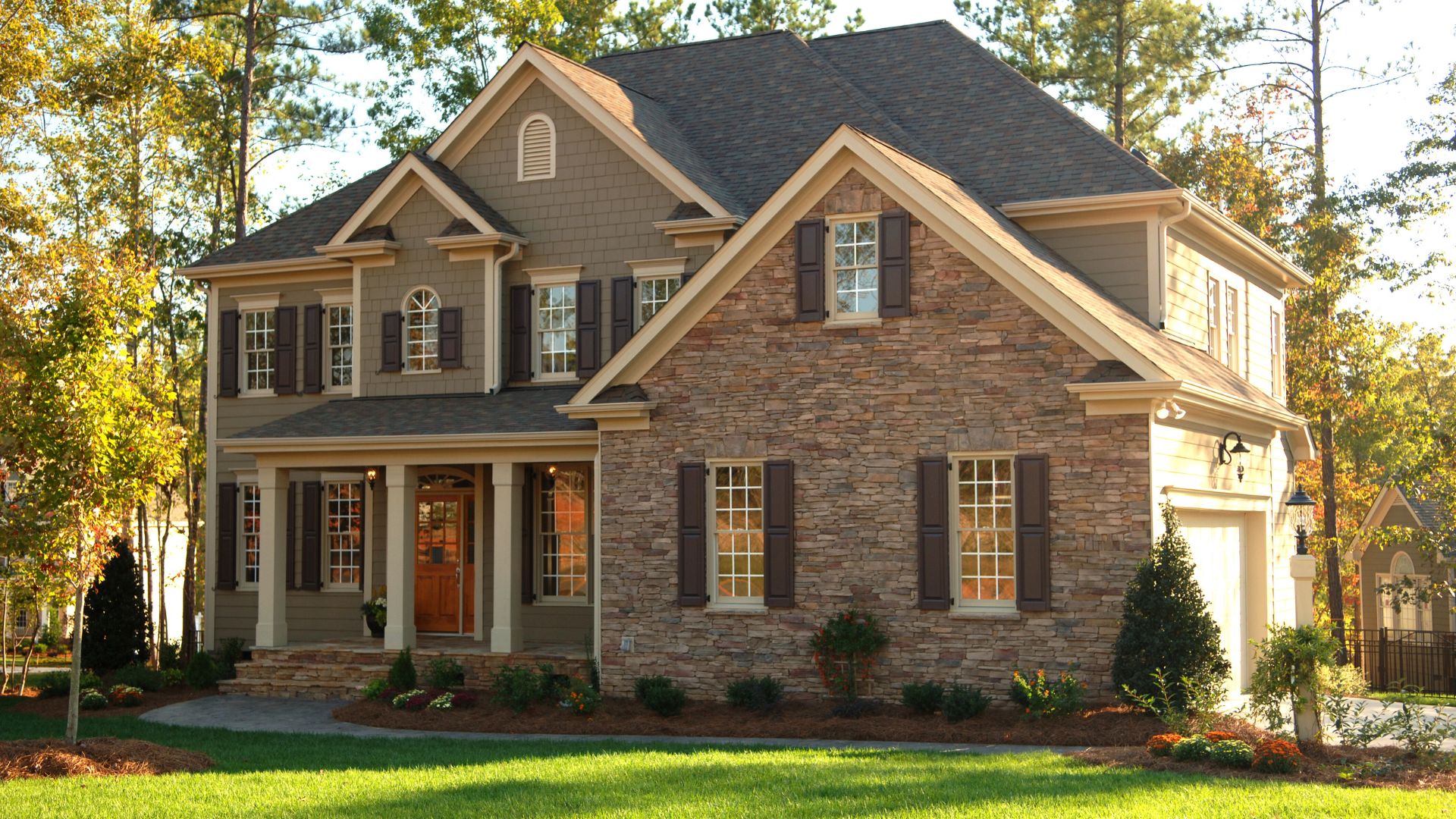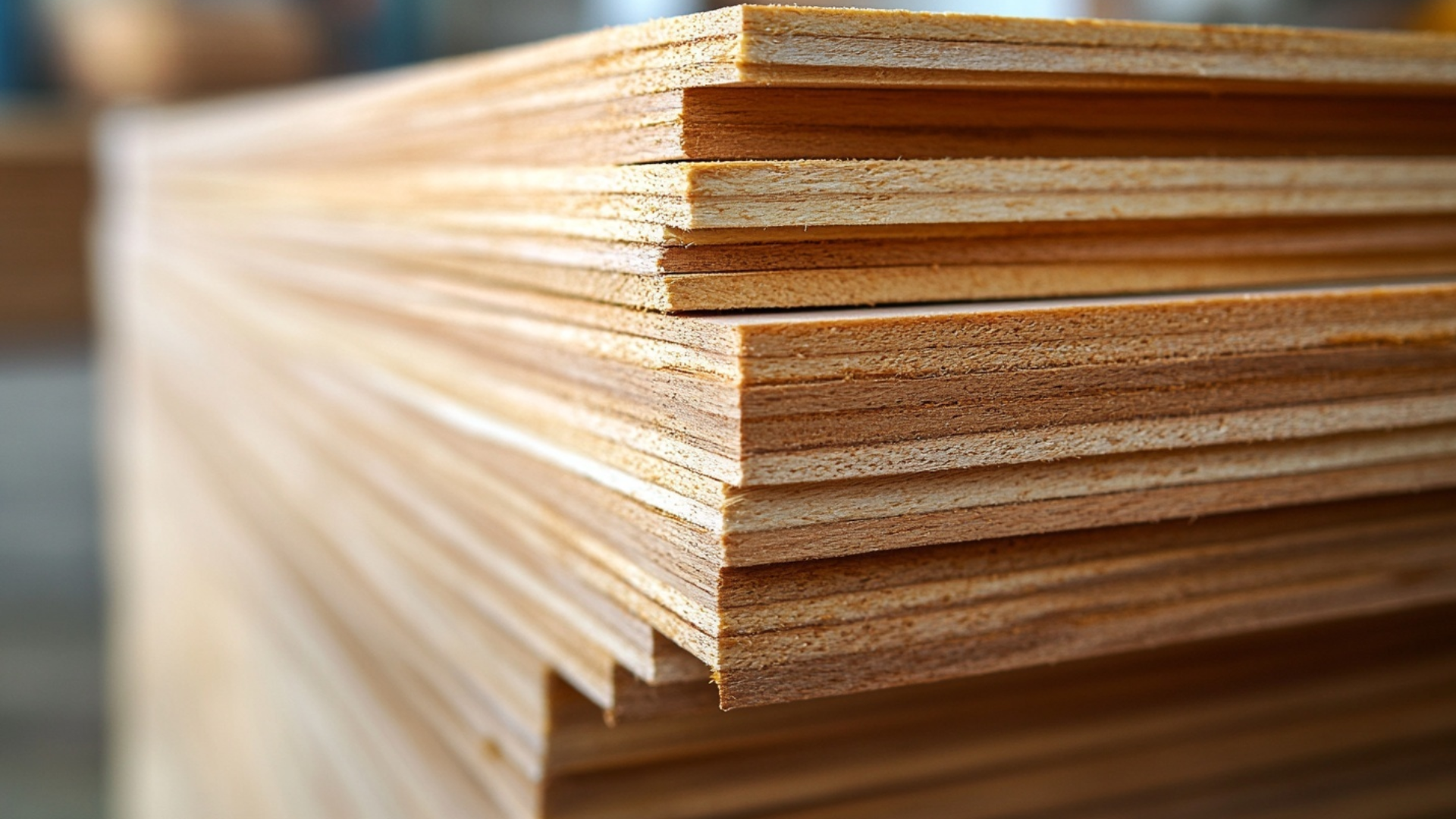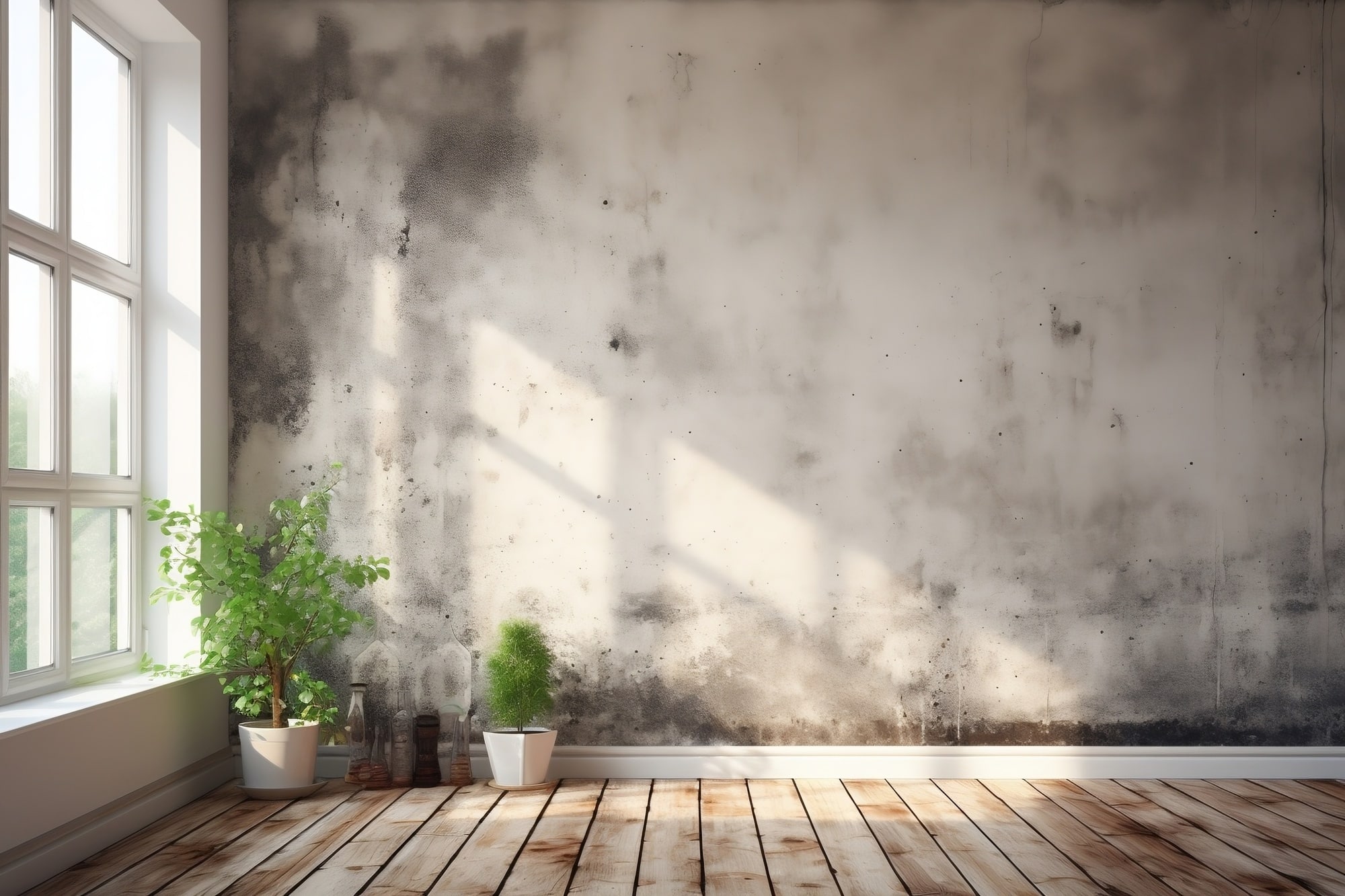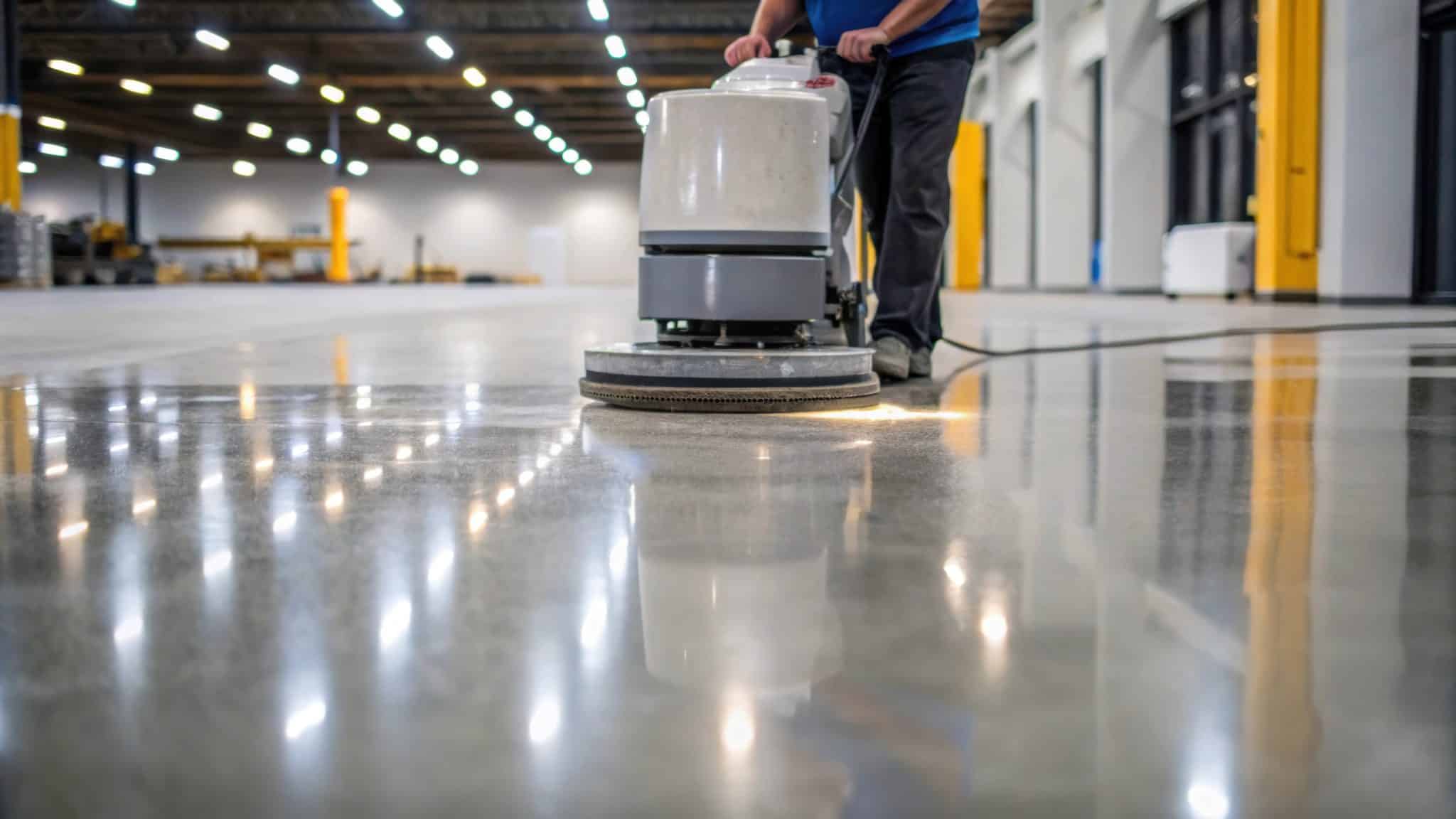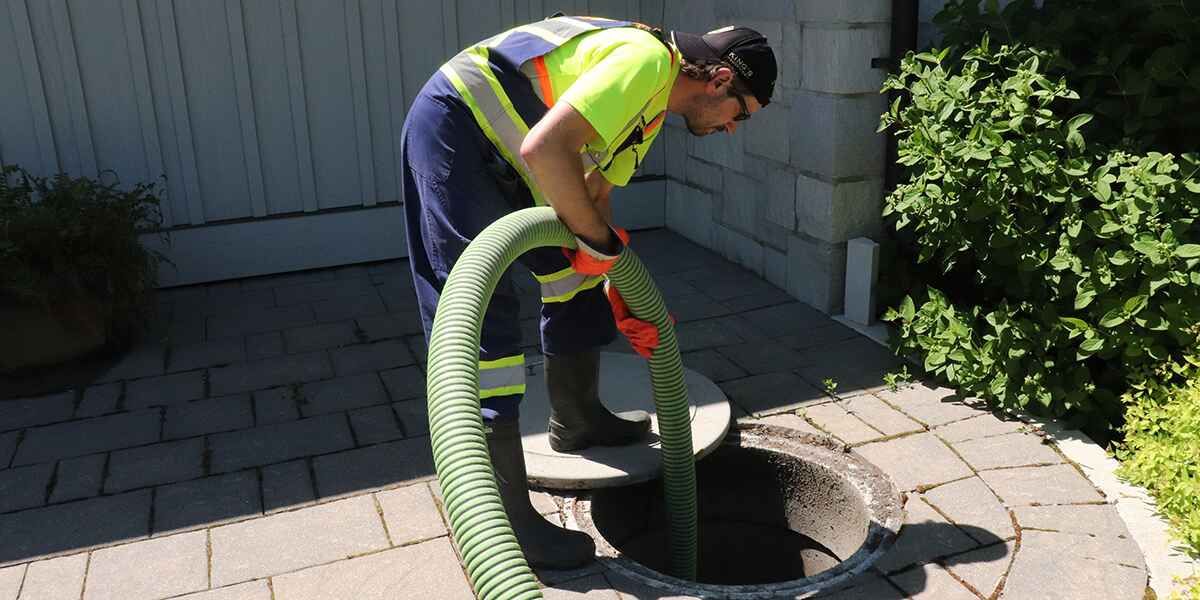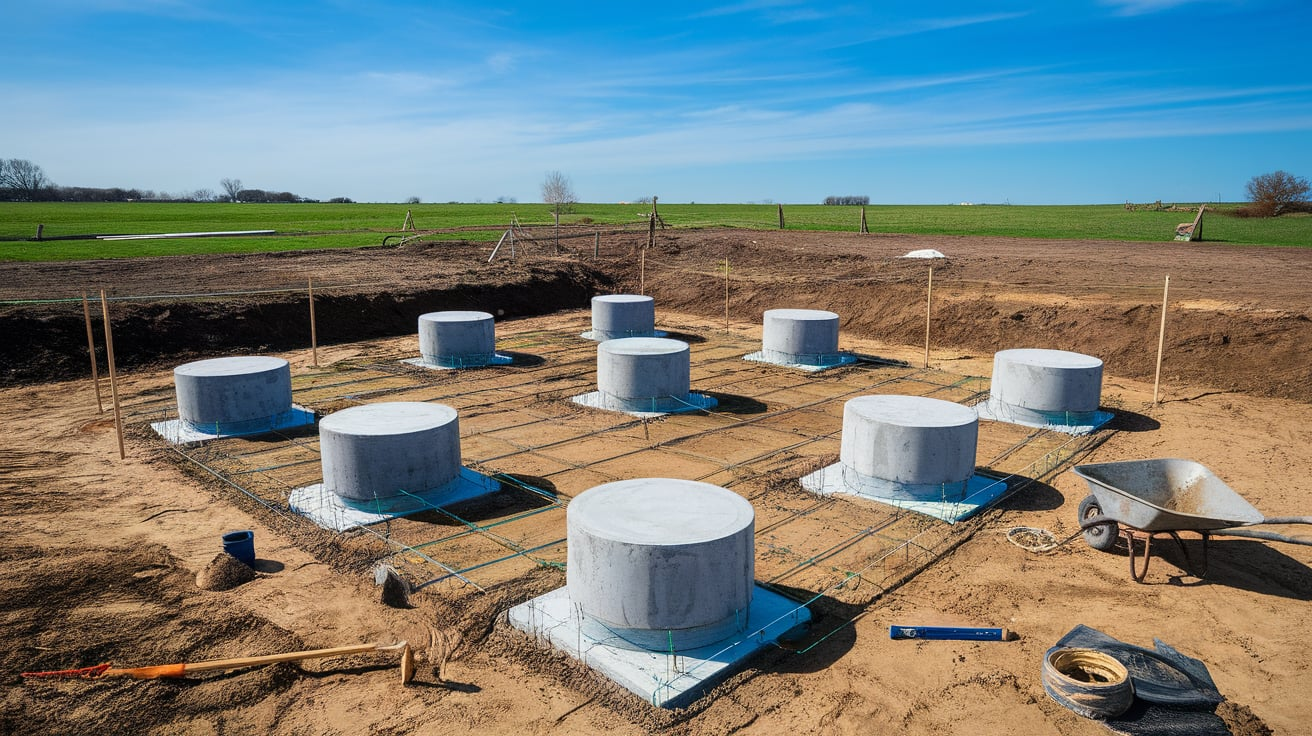Siding as a Statement Piece: Weaving Design into Home Remodeling
When homeowners embark on the journey of home remodeling, the focus often gravitates towards interior transformations. However, the exterior of a home, especially the siding, holds a substantial opportunity to define its character and elevate its curb appeal. Those searching for a home remodeling Chicago near me often discover the profound visual impact that well-chosen siding can impart. It’s more than just a protective layer; it’s a canvas for expressing personal style and architectural vision.
The Core Elements of Siding Design
Siding plays a pivotal role in establishing a home’s visual weight. The choice of material, color, and texture significantly influences how a home appears from the street. A well-designed siding plan adds a distinct presence, making a strong and lasting first impression. Beyond immediate appeal, siding should reflect the home’s architectural style. Whether a classic Victorian, a mid-century modern, or a contemporary build, the siding must align with the building’s era and design principles to achieve architectural authenticity. This harmony creates a cohesive and intentional aesthetic.
Navigating Siding Materials: A Design-Focused Perspective
Selecting the right siding material is essential for achieving the desired aesthetic. Vinyl siding offers a balance of cost-effectiveness and design flexibility, providing a wide array of colors and textures to suit various styles. Natural wood siding, with its rich texture and warmth, brings a timeless appeal. Cedar, redwood, and pine each offer unique characteristics that contribute to a home’s natural beauty. Fiber cement siding is engineered for both design and durability. It can mimic the look of various materials, offering exceptional resistance to weather and pests, and providing a versatile canvas for design. Metal siding introduces a contemporary edge, adding a sleek and modern feel to exterior design. Each material has its own design implications, influencing the overall aesthetic of the home.
Color and Texture: Crafting the Home’s Visual Narrative
Color and texture are powerful tools in siding design. Color psychology plays a significant role in eliciting emotions through hue. Light colors can create a sense of spaciousness and airiness, while darker colors add depth and drama, conveying a sense of sophistication. The tactile dimension of texture, and how it interacts with light, adds another layer of visual interest. Smooth surfaces reflect light differently than textured ones, creating dynamic effects throughout the day. The choice of color and texture should align with the home’s overall design narrative, enhancing its unique character.
Harmonizing Siding with Overall Remodeling Vision
Siding must integrate seamlessly with other remodeling elements to create a cohesive and harmonious design. Windows and doors should complement the siding, creating smooth transitions and visual continuity. Roofing and trim are also vital design elements. Choosing complementary colors and styles ensures a unified look. Landscape integration extends the design aesthetic, creating a harmonious outdoor space that enhances curb appeal. The siding should work in conjunction with the landscaping to enhance the overall curb appeal.
Project Planning: Siding as a Design Investment
Budgetary considerations are essential when planning a siding project. Allocating resources wisely ensures that the design vision is achieved without overspending. Selecting a qualified siding company Chicago is vital for ensuring expertise and proper execution. A reputable company will provide valuable insights, ensure the project is completed to a high standard, and offer peace of mind. Project timelines should align with overall remodeling goals, ensuring a smooth and efficient process.
The Impact of Lighting on Siding Design
Lighting significantly impacts the appearance of siding, especially during evening hours. Strategic illumination can highlight texture and color, creating visual depth and enhancing the home’s aesthetic. Evening aesthetics are greatly influenced by how light interacts with the siding’s surface, creating shadows and highlights that add dimension and character.
Siding and Home Additions: Maintaining Design Cohesion
When adding an extension to a home, maintaining design cohesion is paramount. Blending old and new elements seamlessly requires careful planning and execution. Material and color continuity are essential for achieving a unified look. The siding should integrate seamlessly with the existing structure, creating a cohesive and harmonious design that appears as a single, well-planned entity.
Long-Term Siding Design: Maintenance and Preservation
Routine care is essential for protecting the design investment. Regular cleaning and maintenance prevent deterioration and maintain the siding’s visual integrity. Addressing damage promptly ensures that the siding retains its aesthetic appeal and structural integrity over time, safeguarding the home’s overall appearance and value.
Customization and Personalization: Siding as a Design Canvas
Siding offers a canvas for customization and personalization. Decorative accents, such as trim, shutters, and corner boards, add unique architectural details that reflect the homeowner’s style. Mixed materials can create dynamic exterior designs, adding visual interest and depth. The ability to customize siding allows homeowners to create a unique and personalized look that sets their home apart.
Future Trends in Siding Design
The future of siding design is marked by innovation and sustainability. Sustainable materials, such as reclaimed wood and recycled metal, are gaining popularity as homeowners become more eco-conscious. Technological innovations, such as smart siding systems and self-cleaning materials, are enhancing design possibilities and improving performance.
Conclusion
Siding transcends its role as a mere protective barrier; it’s a foundational element of a home’s enduring design legacy. By meticulously choosing materials, colors, and textures, and by seamlessly integrating siding with other remodeling endeavors, homeowners craft an exterior that not only reflects their personal style but also significantly enhances their property’s inherent value. This strategic approach to siding design ensures that every detail, from the selection of fiber cement siding Chicago to the coordination with roofing and landscaping, contributes to a cohesive and visually compelling whole.
Beyond the initial boost in curb appeal, quality siding contributes to the structural integrity and longevity of the house, protecting it from the elements and reducing future maintenance costs. For those seeking a siding company, remember that expert advice will ensure that the final result will be a lasting testament to thoughtful design.
Furthermore, the aesthetic appeal of a home with carefully selected siding can influence the perceived value of the neighborhood, impacting future real estate transactions. In essence, siding becomes a lasting statement, a visual narrative that speaks to the homeowner’s commitment to quality and design, leaving a legacy that future generations will appreciate.

